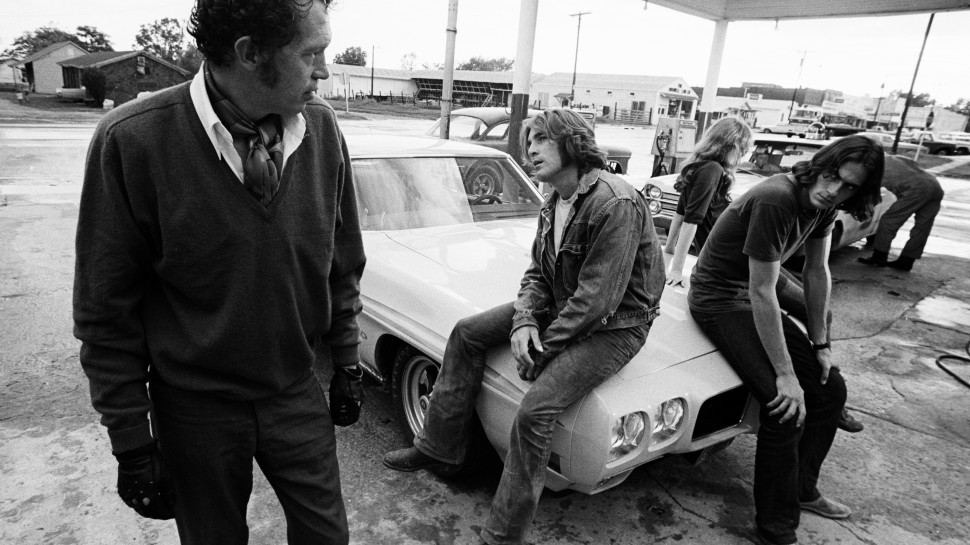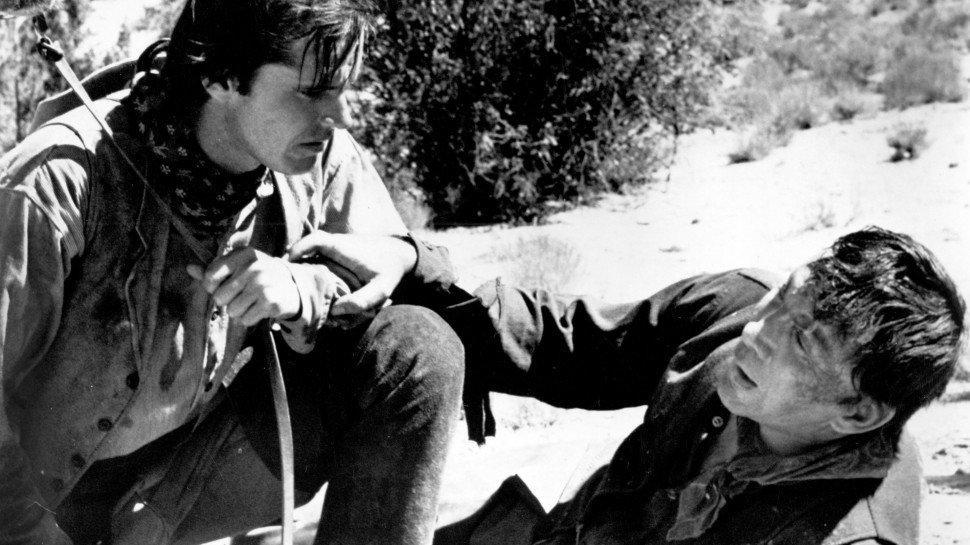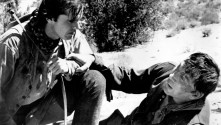


All Roads Lead to Nowhere. The Films of Monte Hellman
Throughout a long and extraordinary career, Monte Hellman (b. 1932) has remained simultaneously at the cutting edge and the very farthest margins of the post-studio-era American cinema. In influential major films such as The Shooting (1966) and Two-Lane Blacktop (1971), Hellman defined a distinct brand of art cinema by reinventing traditional genre formulas – here, those of the Western and the road movie – to create boldly minimal and mesmerizing portraits of characters inexorably driven by obscure desires. Hellman's debut feature and improbable entry as an auteur director was, in fact, a horror picture – Beast From Haunted Cave (1959), an almost impossibly threadbare – creature feature – produced by Roger Corman and transformed by Hellman into a gripping, visually striking crime drama that announced his unusual talents as a bold stylist and intuitively resourceful artist. The early stage of Hellman's career was, however, crowned by two relentlessly dark and violent revisionist Westerns, Ride in the Whirlwind (1966) and The Shooting, both produced by Corman and shot just weeks apart from one another in the barren hinterlands of Utah. Together the two films took Hellman's stylistic minimalism to a new and unyielding extreme, refining the tight economy of image and narrative displayed in Beast into frighteningly elliptical fables of innocence mercilessly destroyed by rabid posses and cold-blooded contract killers.
While extending the eccentric approach to genre defined in the 1950s by a group of maverick American filmmakers prominently including Samuel Fuller, Joseph H. Lewis, and Nicholas Ray, Hellman's Westerns also reveal his singular approach to performance and his meticulous distillation of narrative into nuanced and mysteriously intense character studies. Hellman's steady interest in performance as a central focus and eventually a major theme of his films points back to his own roots in the vibrant West Coast theater scene of the 1950s and culminates in his best-known film, Two-Lane Blacktop. Constantly battling outrageous fortune, Hellman's career – like Orson Welles' – has seen many tantalizing unrealized projects indeterminately suspended, lost or abandoned along the way. After blazing a steady trail of incendiary masterworks through the Sixties and Seventies, the Eighties proved to be a difficult period, with only two features completed ñ the still misunderstood Iguana and the intriguing horror film, Silent Night, Deadly Night III: Better Watch Out!. After a full twenty-two year hiatus, Hellman marked a triumphant return to feature filmmaking in 2010 with Road to Nowhere, an intellectually bristling and visually stunning neo-noir which looks back over his past work while pointing boldly forward towards new frontiers. Like the danger-loving gamblers that recur throughout his films, Hellman continues to be drawn to risk, with Road to Nowhere reaffirming his status as one of the great visionary artists of the American cinema.
The Harvard Film Archive is proud to welcome Monte Hellman for a rare chance to discuss his films and fascinating career. – Haden Guest













